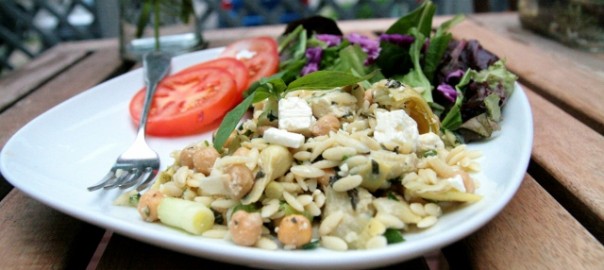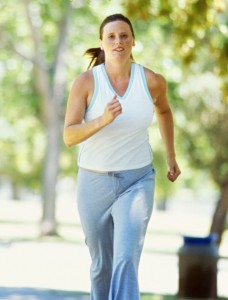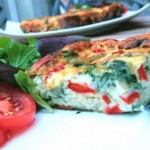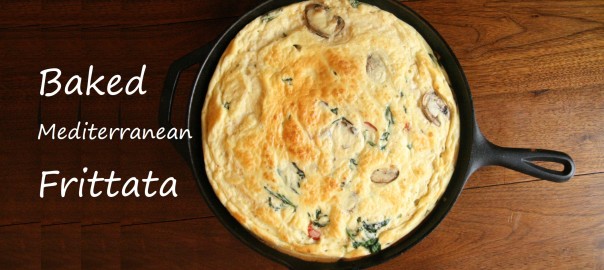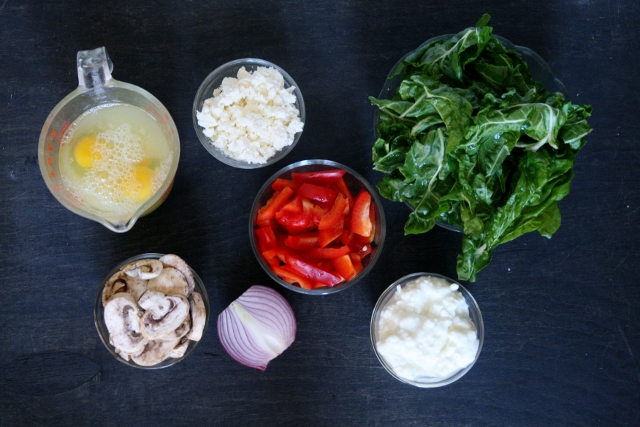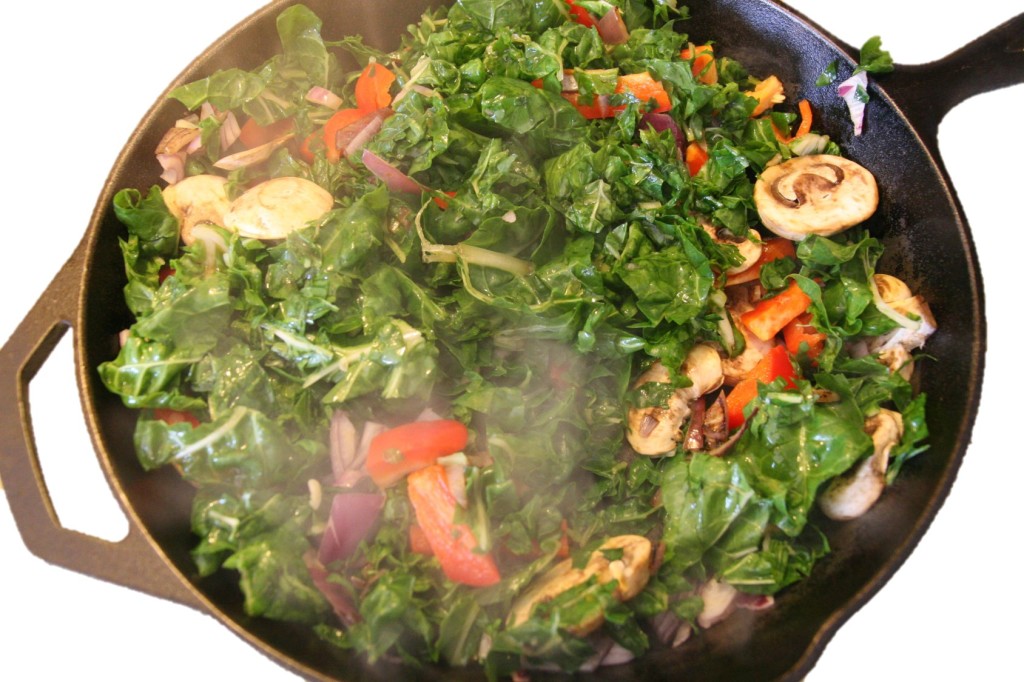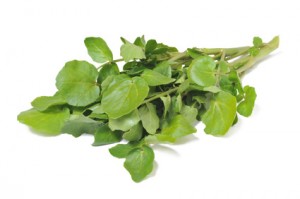Though I’m not usually fond of pasta salads, this one is an exception. Flavored with fresh herbs, lemon, and garlic, this is a healthy light meal or side dish for summer.
Ingredients
- 2 cups vegetable or chicken broth
- 2 cups water
- 1.5 cups uncooked orzo (rice-shaped pasta – you can use another small pasta shape)
- 2 cups cooked chickpeas (one 19-oz can chickpeas, drained)
- 1 15-oz can artichoke hearts (in water), drained and chopped
- 1/2 cup crumbled light feta cheese (or more, to taste)
- 3/4 cup chopped green onion
- 1/4 cup fresh mint leaves, finely chopped
- 1/4 cup parsley or dill, finely chopped
- Freshly ground pepper
Vinaigrette
- 3 tbsp. fresh lemon juice
- 1.5 tbsp. extra-virgin olive oil
- 1/2 tsp. salt
- 1/4 tsp. sugar
- 2 cloves garlic, chopped or pressed
Directions
- Cook orzo in broth and water until tender. Drain and set aside to let cool.
- Combine chickpeas, artichokes, feta, green onion, and fresh herbs in a large bowl.
- In a small jar or measuring cup, combine vinaigrette ingredients and whisk until combined.
- Add orzo and dressing to chickpea-artichoke mixture and toss gently to coat.
Serve at room temperature or chilled.
Makes 6 Servings.
Nutrition Notes
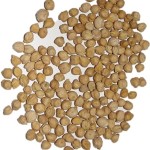 Artichokes are a good source of vitamin C, potassium, folate, and fiber (1/2 cup contains 6 g fiber and only 25 calories). They also contain the flavonoid silymarin, an antioxidant being studied for cancer prevention potential.
Artichokes are a good source of vitamin C, potassium, folate, and fiber (1/2 cup contains 6 g fiber and only 25 calories). They also contain the flavonoid silymarin, an antioxidant being studied for cancer prevention potential.- Chickpeas are a great source of fiber and protein and B-vitamins. They are also rich in important minerals, including iron, phosphorous, magnesium, manganese, potassium, copper, calcium, and zinc.
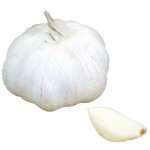 Garlic contains many protective compounds that are being studied for their disease-fighting effects.
Garlic contains many protective compounds that are being studied for their disease-fighting effects.- Fresh parsley is a good source of vitamin C, and also provides beta-carotene and lutein (another carotenoid)and natural plant compounds (flavonoids and limonene) that may have disease-fighting properties.
Nutrition per Serving
- 345 calories
- 14 g protein
- 58 g carbohydrates
- 6 g fat (.4 g sat)
- 0 mg cholesterol
- 8 g fiber
- 550 mg sodium
- 370 mg potassium
- Calcium: 6% DV
- Magnesium: 14% DV
- Iron: 20% DV
You’ll find more healthy recipes here.
Yum
